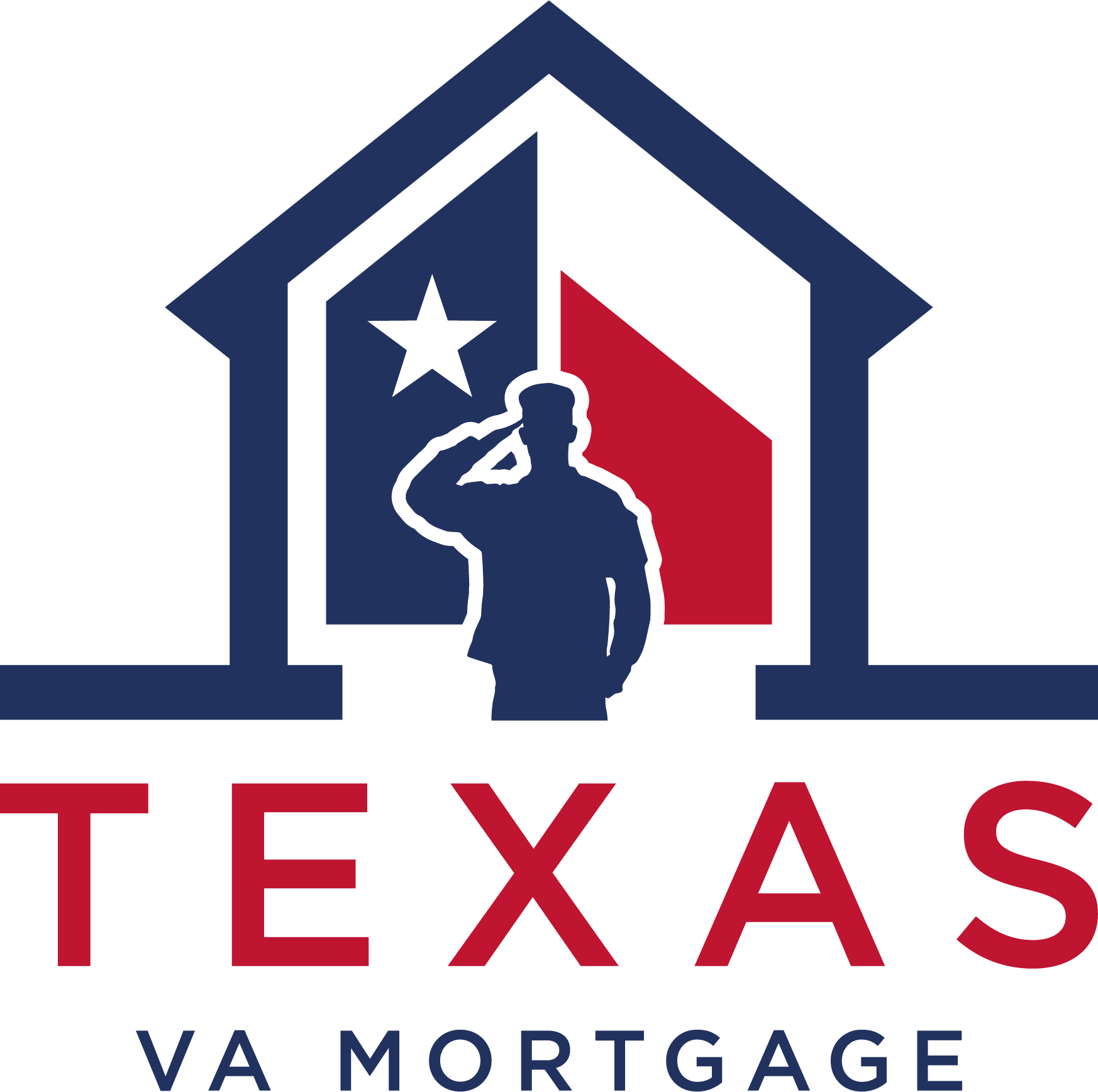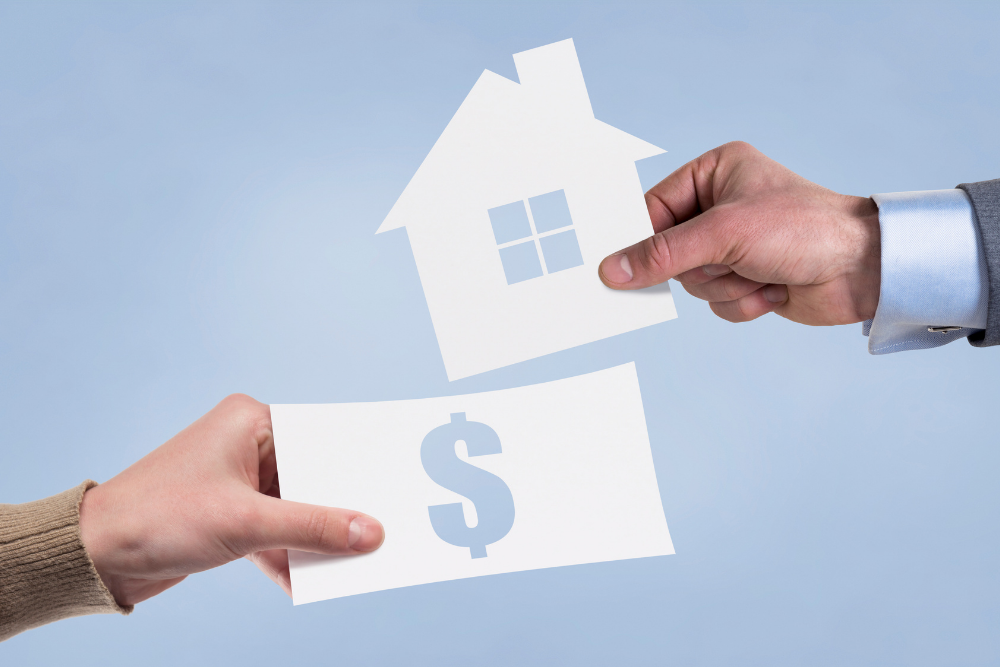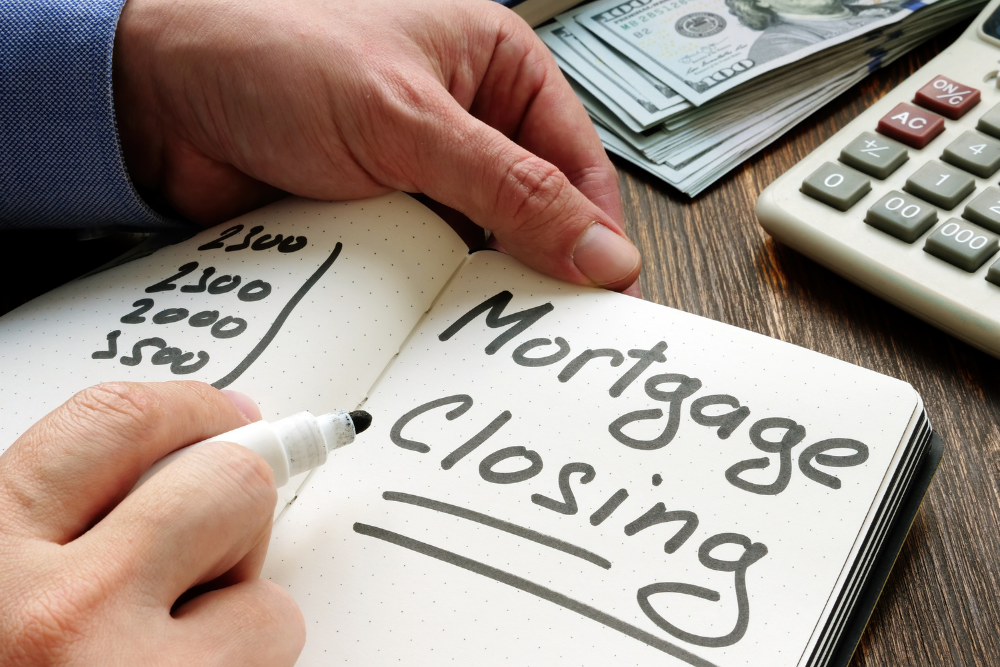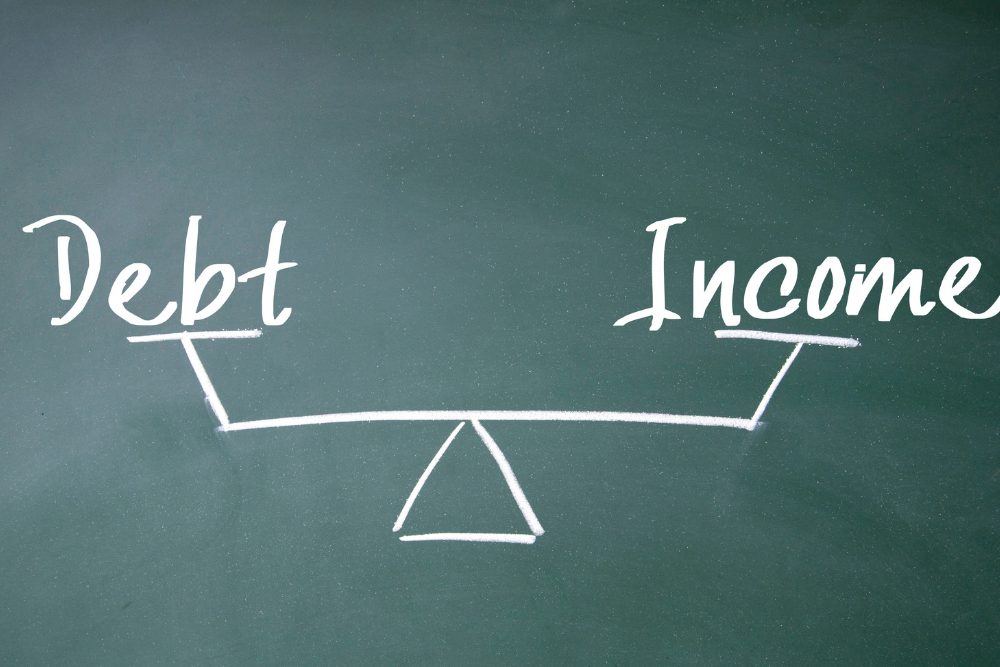Ready to buy a house? Before you shop for a home, consider shopping around for…

How to Lock in Your Interest Rate
Interest rates are changing all the time, even shifting by the hour. Once you find out your offered mortgage rate, you risk it changing from one day to the next. To keep your rate steady between your offer and closing, you can pay to utilize a rate lock or lock-in on your mortgage.
What’s a Rate Lock & What Does It Do?
A rate lock operates as a kind of hold on the current interest rate of the mortgage your lender offers. With a rate lock, if you close within an agreed upon time and there are no changes to your application, your rate won’t change. Rate locks are usually available for 30 to 60 days, but some lenders will offer them for longer.
How Do I Get a Rate Lock?
When you feel comfortable with the monthly payment estimate your lender gives you at a certain rate, this is when you should lock the rate. Your lender will often offer you the option after your loan application has been approved but has not gone into underwriting. If your lender doesn’t automatically offer a rate lock, you can simply ask for it. Rate locks have different details such as how long they last for or possible changes due to caps. Ask your lender for specifics, and what they can offer for your situation.
Can My Rate Lock Change?
The idea of a rate lock is to protect it from change, but this is not foolproof. If something changes in your application, such as your loan amount, credit score, or verified income, your interest rate can still change.
Common ways these scenarios can happen include if you unwisely make a large purchase after applying and incur more debt, change your loan type, the home you’re looking at appraises differently than expected, or your lender can’t document something in your financials like a bonus. Most of these elements are not within your control, however, you should keep your finances organized and listen to your lender’s advice about not incurring more debt.
Sometimes though, you may want your rate to change. If interest rates lower between offer and closing, you may wish you had a “float down” option. A float down option allows for your rate to adjust once before closing should they fall. Like a lock-in, this option usually has a fee.
Are the Rate Lock Fees Worth Paying For?
When looking at whether you want to pay the fee for a rate lock or float down option, it helps to look at a larger financial picture. Some rate locks are free, or they may cost around 0.25% or 0.50% of the loan. This usually amounts to a few hundred dollars. Compare the price for a rate lock versus being forced to pay a .50% or higher interest rate due to market changes for however long you intend to live in the home.
Here’s a quick example from financial advice site Nerdwallet to help visualize the cost: “Consider a $300,000 home financed for 30 years at 4%, with a 20% down payment. Just a quarter point (0.25%) rise in interest rates will kick your payments up $44 a month, from $1,432 to $1,476. If you stay in your home just five years, that adds up to more than $2,600. By comparison, a 0.25% fee to lock in the 4% rate would be $600.” For many situations, a rate lock is a good financial decision.
Let Us Help
The mortgage process can seem fraught with details, but the team at Texas VA Mortgage are here to help. If you have any more questions about rate locks or mortgages in general, we have the experience and knowledge to answer them. Send us an email at info@txvamtg.com. We look forward to helping you during this exciting time of buying a new home.




